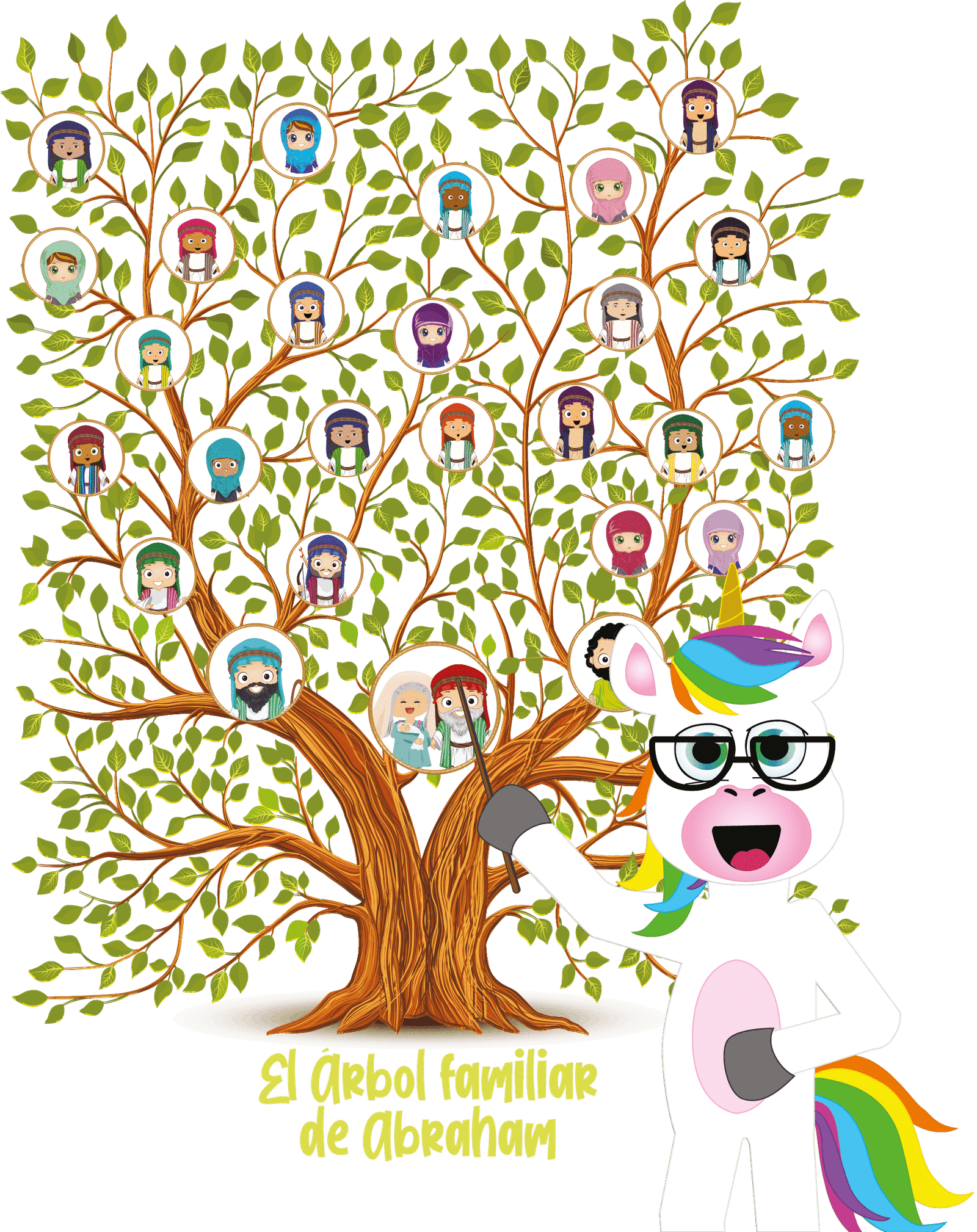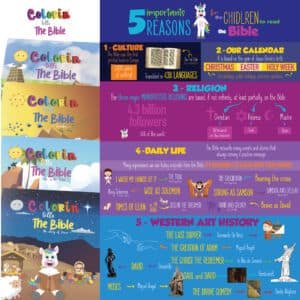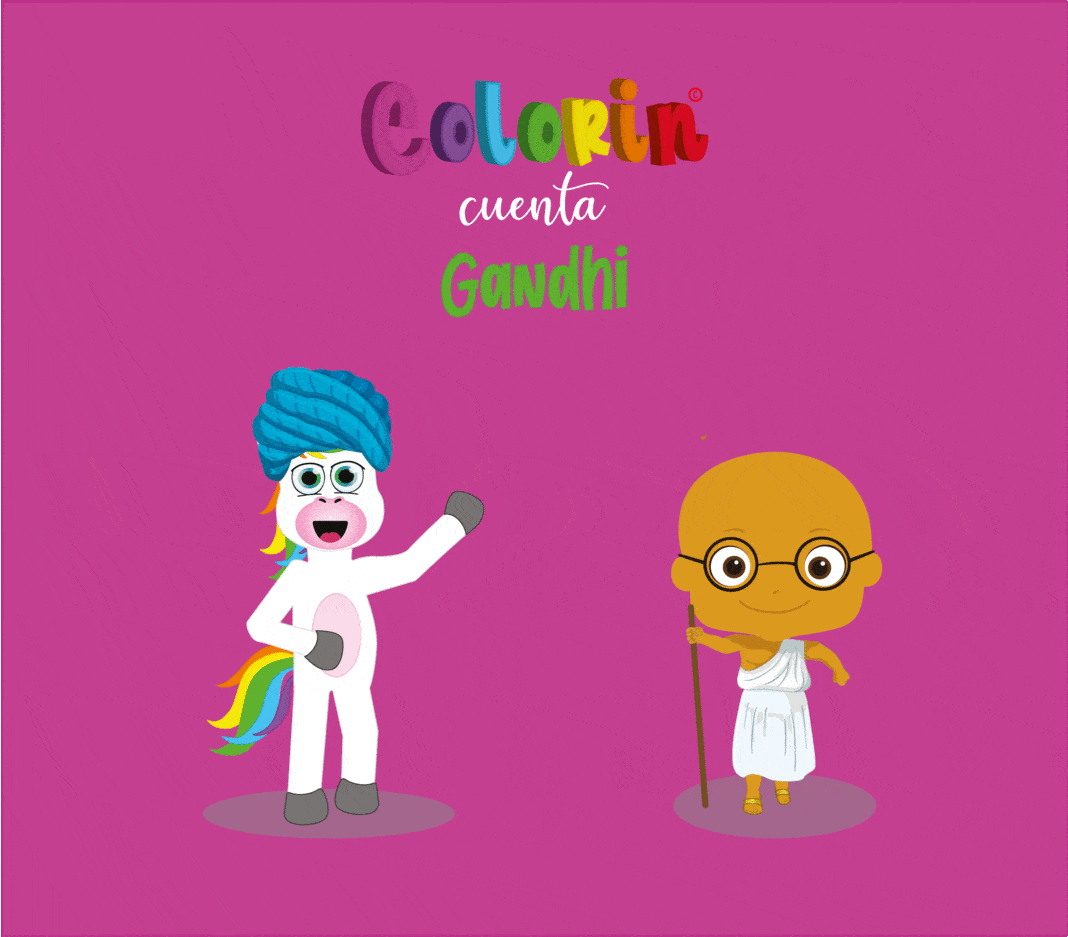Everyone should know about the Bible, believers or not, adults or children. If you believe in God, the main reasons are very obvious, but perhaps you didn’t know about the following. And even if you don’t believe or if you’re not a practitioner, there are many reasons for your children to know about the Bible. Here are 5 that are, for me, the most important. So why read the Bible to children?
A Cultural and Literary Heritage
The Bible is a collection of writings compiled over many, many years, shaping both the Old Testament and the New Testament.
The Old Testament is estimated to have been written between the 8th century B.C. and the 2nd century B.C., while the New Testament was written between the second half of the 1st century A.D. and the beginning of the 2nd century A.D. This represents approximately 1,000 years of writing!
Additionally, the Bible was the first book printed in Europe in the 15th century, marking the beginning of the “Age of Printing.” This Bible is known as the Gutenberg Bible.
Every year, 100 million copies of the Bible are sold worldwide, translated into 438 languages. It is estimated that 5 billion copies of the Bible have been produced, making this book, or rather this collection of books, the most read in our history.
If you want your children to know about history, it could be a good reason to read the Bible with them, don’t you think?

Our Calendar
As you’ve probably noticed, our calendar is based on the year of Jesus Christ’s birth.
Remember in point 1, I was talking about dates B.C. and A.D. Those letters stand for Before Christ and Anno Domini (In the Year of Our Lord).
This shows the influence that Jesus had on our history and the importance he continues to have in our daily lives. It’s a good reason to know who he was and what he did.
Moreover, many of our holidays, public holidays, and even vacations have their origin in religion and are accounted for in the Bible. To name just the most famous events:
- Christmas, celebrating the birth of Jesus.
- Easter and Holy Week, commemorating the last days and the resurrection of Jesus for the Christian religion, but also the moment when the Israelites left Egypt with Moses for the Jews.

The Abrahamic Religions
There are three major monotheistic religions that refer to the God of Abraham: Christianity (in the general sense), Judaism, and Islam. They are known as the Abrahamic religions because of their affiliation with Abraham.
Their sacred texts, the Old Testament and the New Testament, the Torah, and the Quran, are based, if not entirely, at least partially, on the Bible.
These three religions together have more than 4.3 billion followers. That represents more than half of the world’s population!
A good reason to read the Bible with children and to know who Abraham was, don’t you think?

Expressions and References in Our Daily Life
Have you noticed that we still use many expressions today that refer to different texts from the Bible?
Here are some you’ve probably heard:
- Seeing is believing or being like Doubting Thomas
- I wash my hands of it
- Bearing the cross
- Wise as Solomon
- Strong as Samson
- Brave as David
- Times of lean cows or times of fat cows
- The ten plagues of Egypt
And there are many more that, depending on the country you’re in, are still in use.

Western Art History
The fifth reason to read the Bible with children.
The history of Western art, literature, sculpture, and painting, is closely linked to the Church.
Some of the most well-known works include:
- The Last Supper by Leonardo Da Vinci
- Saul and David by Rembrandt
- The Creation of Adam by Michelangelo
- The Divine Comedy by Dante Alighieri
- David by Donatello
- Moses by Michelangelo
- The Christ the Redeemer in Rio de Janeiro
- And, obviously, the Bible
And all the paintings, sculptures, and stained glass windows that can be seen in many churches and cathedrals. Knowing the Bible also helps understand these works.

Those were my 5 reasons to read the Bible with children, so that everyone knows and understands the impact it has had on our history and culture. But the Bible is also a very difficult book to read and understand, so:
How can you read the Bible to children?
Obviously, you can read the original text, but as mentioned earlier, it can be very challenging for them to understand all the events and characters.
To facilitate children’s understanding, perhaps one of the best ways is to tell children Bible stories in simple words adapted to their vocabulary and with a design suitable for little ones, as in my books.
I recommend reading them in chronological order. Some stories from the New Testament cannot be fully understood without knowing the Old Testament.




